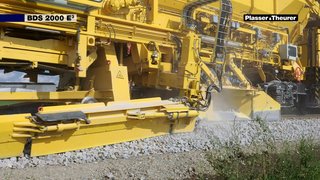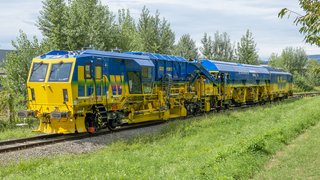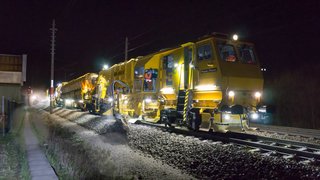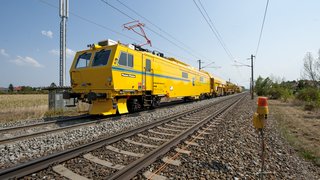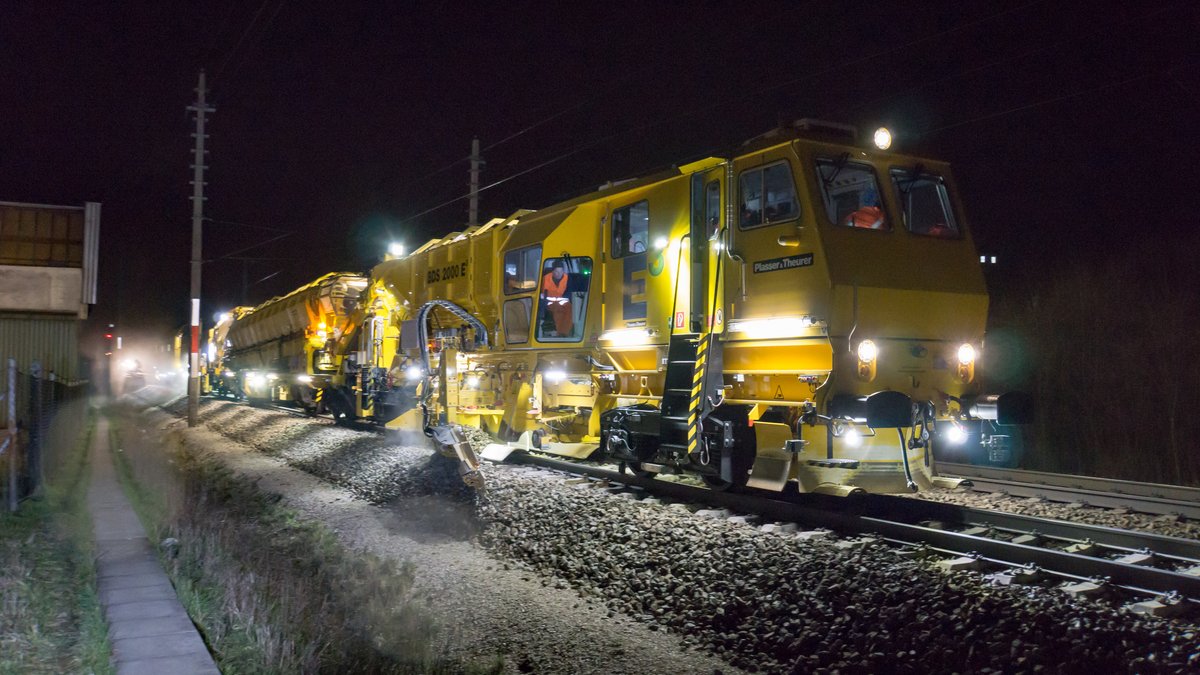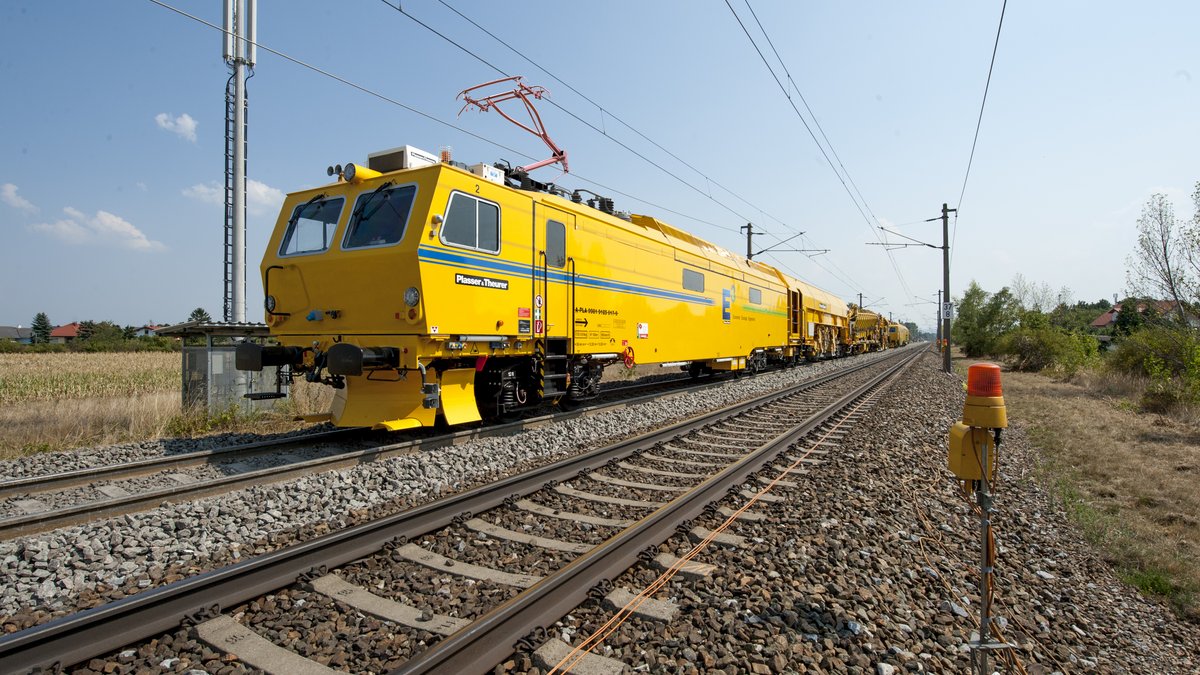BDS 2000 E³
Here a video of the provider Vimeo is displayed. Only by clicking on the “Load video now” button will it be completely loaded and will the browser exchange data with the provider. The display of videos remains activated until the browser is closed. For this purpose a cookie will be set.
Load video now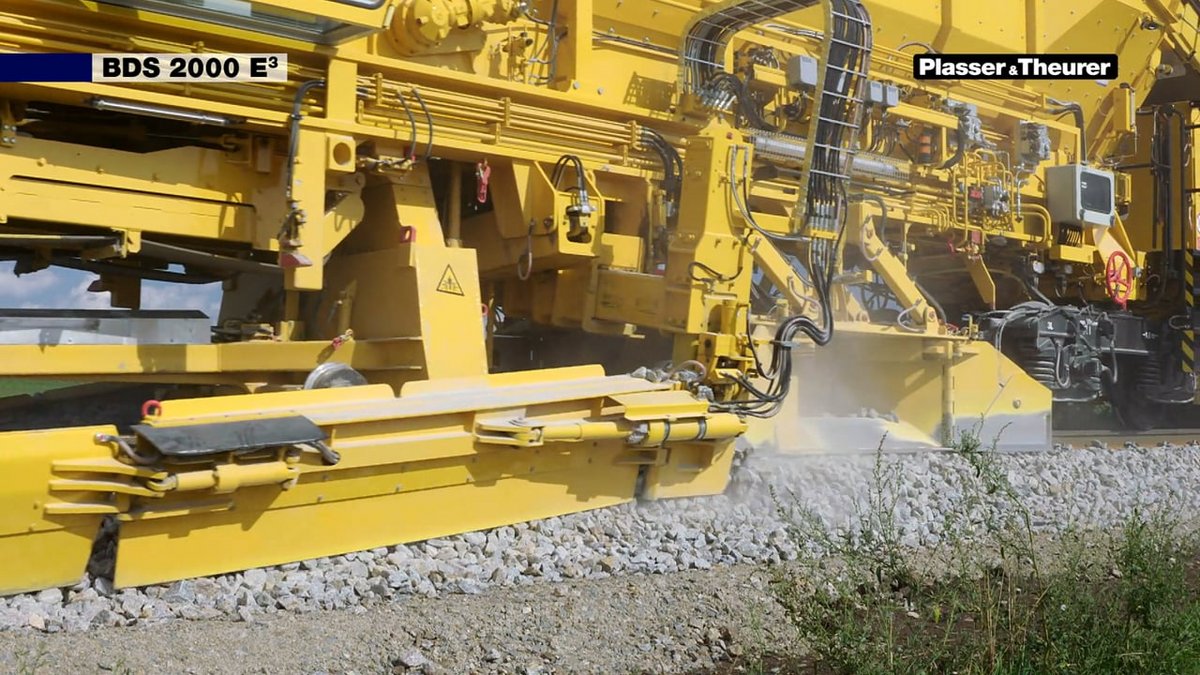
toggle Fullscreen
